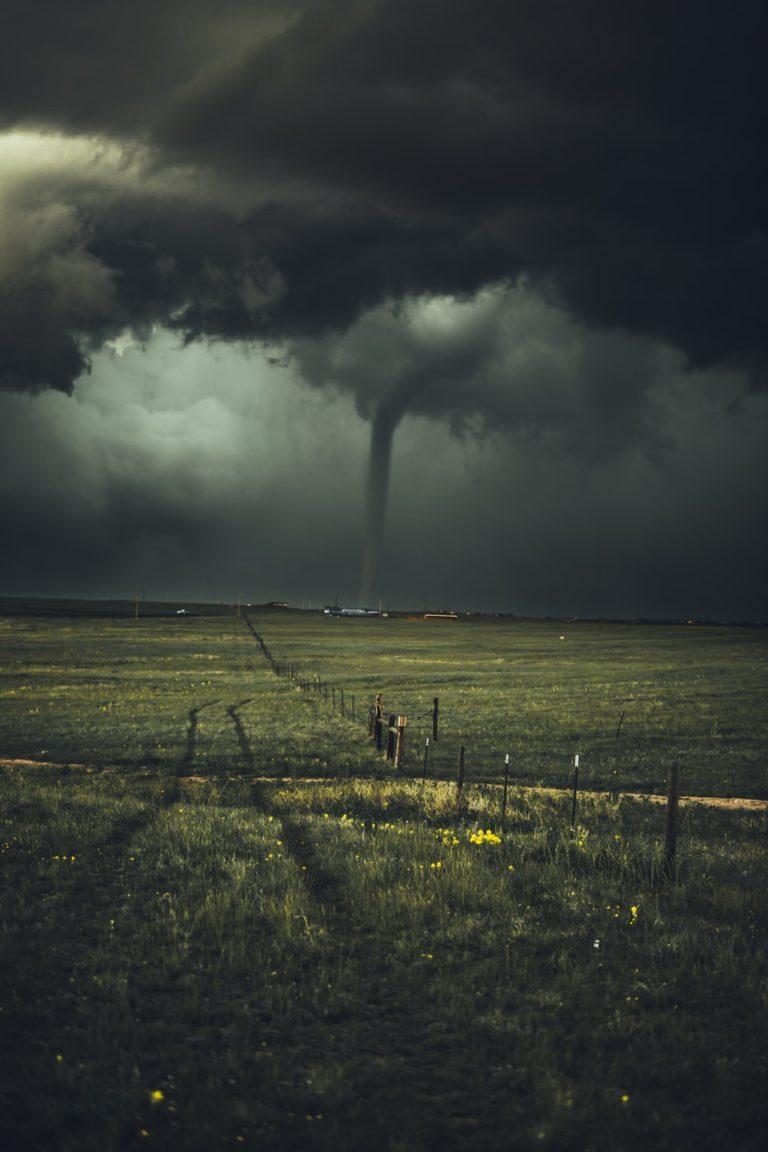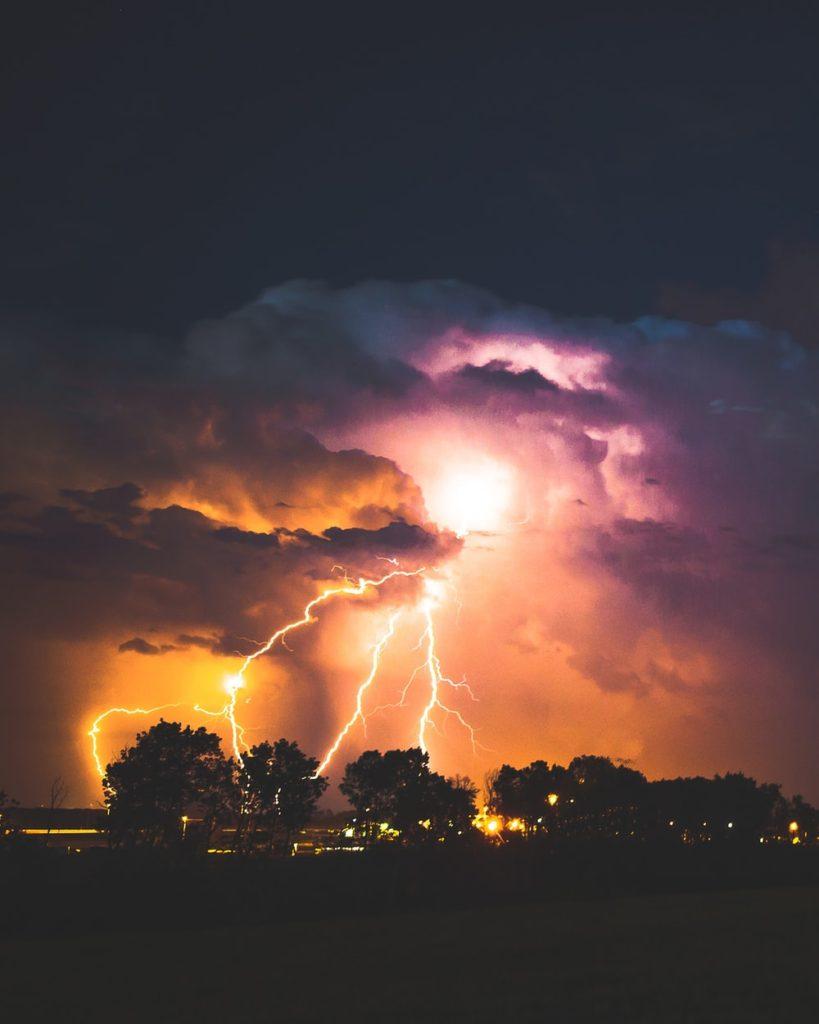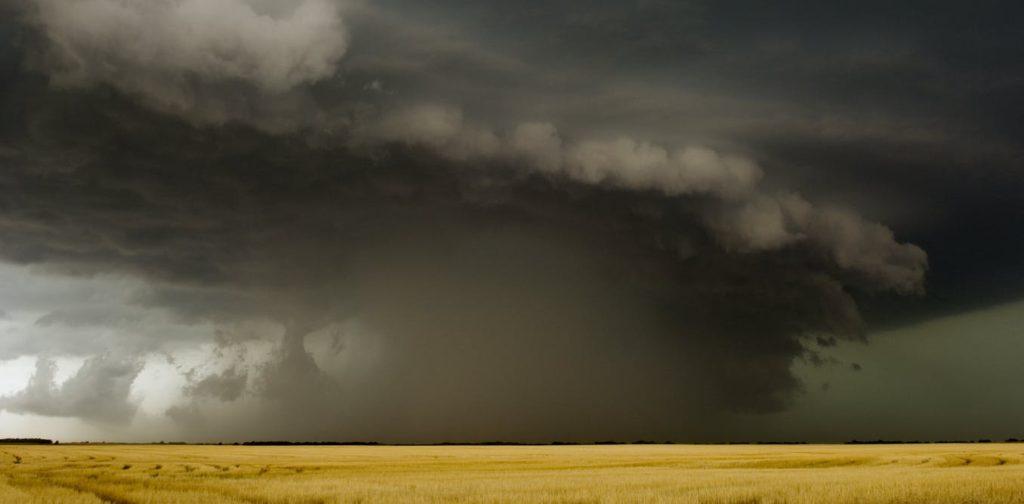Carbon Monoxide Safety During Spring and Summer Storms
Carbon monoxide (CO) is a colorless, odorless, tasteless gas that can be fatal to people and animals. The risk of CO poisoning can increase if appliances using CO-producing sources – like natural gas, kerosene, propane, coal, and gasoline – are used incorrectly or malfunction. Sharon Cooksey, fire safety educator for Kidde, a leading manufacturer of smoke and CO alarms, offers CO safety tips for major storms or prolonged power outages.
Before a storm
- Test your CO alarms to ensure they are properly working. Replace if necessary. CO can travel anywhere in the home (even through drywall), so place at least one alarm on every level.
- Replace alarms after 7-10 years, depending on the model. If you cannot remember when you installed your alarms, check the manufacturing date, typically located on the back of the alarm. Check your manufacturer guide for more information. Test alarms weekly and replace batteries regularly.
- Prepare a storm safety kit. Visit ready.gov for more information.


During/after a storm
- Place generators outdoors – not in a garage or on a porch or patio – at least 20 feet from the home with the exhaust pointing away from the house.
- Grill outdoors only – not in a garage, even with its door open – at least 10 feet from the home, ensuring it is clear of any vents that could carry CO into the home.
- Move running or idling cars outside of the garage, at least 20 feet away from the home.
- Ensure that storm debris hasn’t blocked exhaust flues or ducts for appliances such as chimneys, water heaters, ranges, and clothes dryers, or blocked your vehicle’s tailpipe.
- During storm cleanup, place the pump and power unit of high-pressure washers outside and away from air intakes to the home to prevent CO fumes from seeping inside. Run only the wash line inside.
- Know the signs of CO poisoning. Common symptoms in people often include headaches, dizziness, weakness, nausea, vomiting, chest pain and confusion. In pets, initial symptoms include nausea/vomiting, dizziness, or labored breathing, among others. If your CO alarm sounds or you suspect CO in your home, evacuate immediately and call 911.
